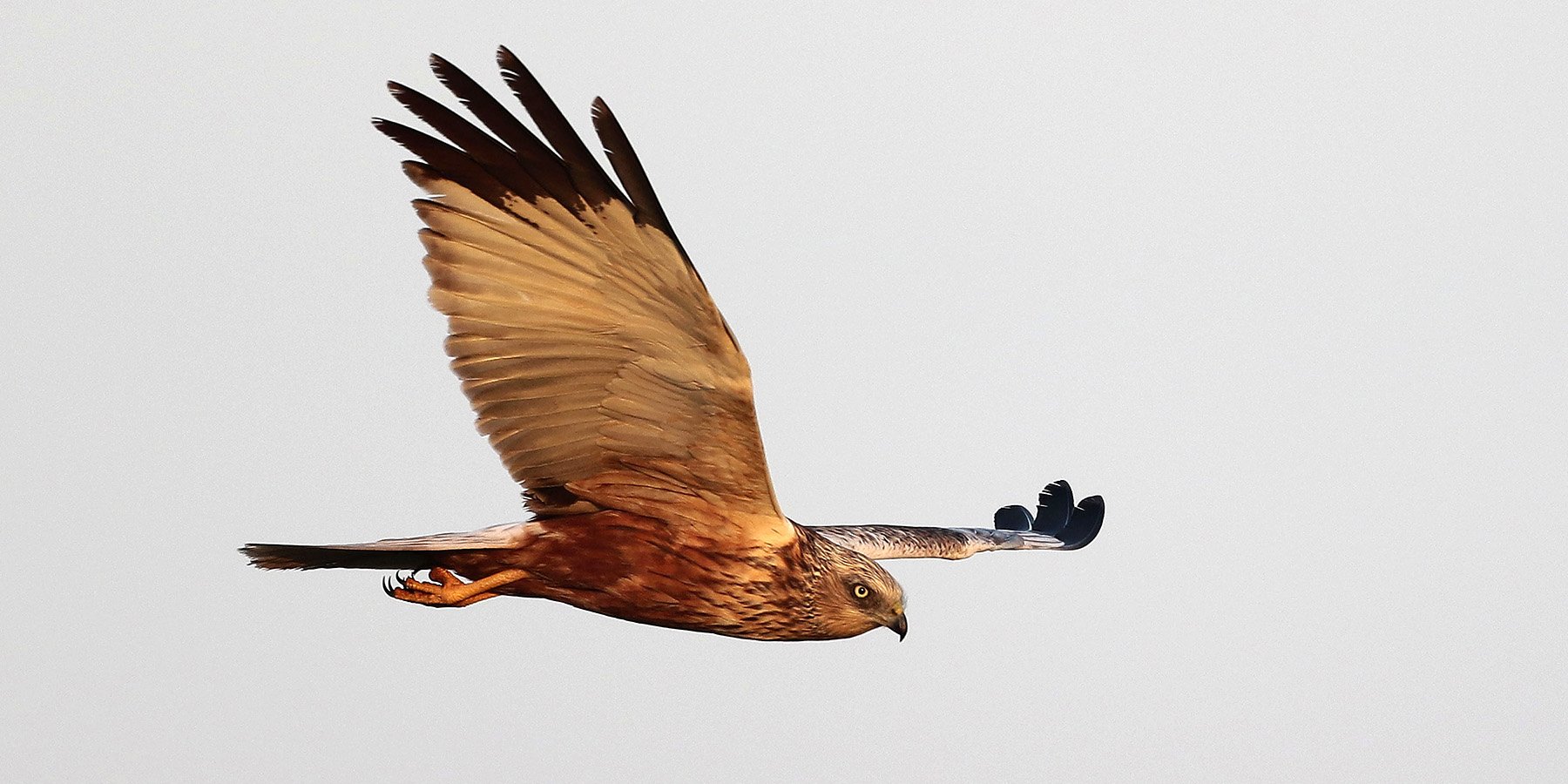The Bittern is one of our rarest and most elusive marshland birds.
A member of the heron family, its bright, pale, buff-brown plumage is covered with dark streaks and bars, making it very well camouflaged. This shy, secretive bird is thus easily overlooked as it moves silently through reeds at the water's edge, or stands motionless for long periods, on the lookout for fish, amphibians or insects.
In Spring, males make a remarkable far-carrying, booming sound to attract a mate. The call of the male Bittern is the loudest of any UK bird and can carry for up to 3 miles. Each male makes a distinctly different call, which can be used to estimate numbers.
In previous centuries, Bitterns were hunted for food and they were a favourite target of Victorian egg collectors and taxidermists; Newport museum has a number of stuffed bitterns that were shot by Lord Tredegar. By the late 19th century, Bitterns had become extinct as breeding birds in the UK.
They made a comeback in the early years of the 20th century, but by 1997 there were just 11 booming males recorded and this beautiful bird was in danger of disappearing once again from the UK.
Thanks to the hard work of conservationists, numbers gradually began to recover and by 2017 there were estimated to be over 160 males.
In 2019, after an absence of over 200 years, Bitterns once again bred on the Gwent Levels. Chicks were successfully fledged from two separate nests at Newport Wetlands National Nature Reserve, making these the first recorded breeding Bitterns in south-east Wales. Birds were also recorded feeding further along the coast at Redwick, which highlights the importance of the whole Levels landscape, in addition to nature reserves, for these magnificent birds.
In 2023, there were estimated to be four adult birds on the reserve. Between them they had successfully fledged 12 chicks over the last two years. Nationally, there are thought to be 234 male Bittern.
Visit Newport Wetlands in early Spring for a chance to see or hear these wonderful birds.
Bittern (Ben Andrews, RSPB-images.com)
Record your sightings
Think you’ve seen a bittern? It’s important to record wildlife sightings with South East Wales Biological Recording Centre, which stores, manages and shares wildlife records from across the region. Follow the link below to find out how to record sightings.
Bittern (Andy Hay, RSPB-images.com)
Did you know?
Bitterns were once common across the country, which has given rise to a wide range of colourful local names, such as bog blutter, buttle, bumbagus, myre-dromble, miredrum, bog-bluiter and butterbump.







